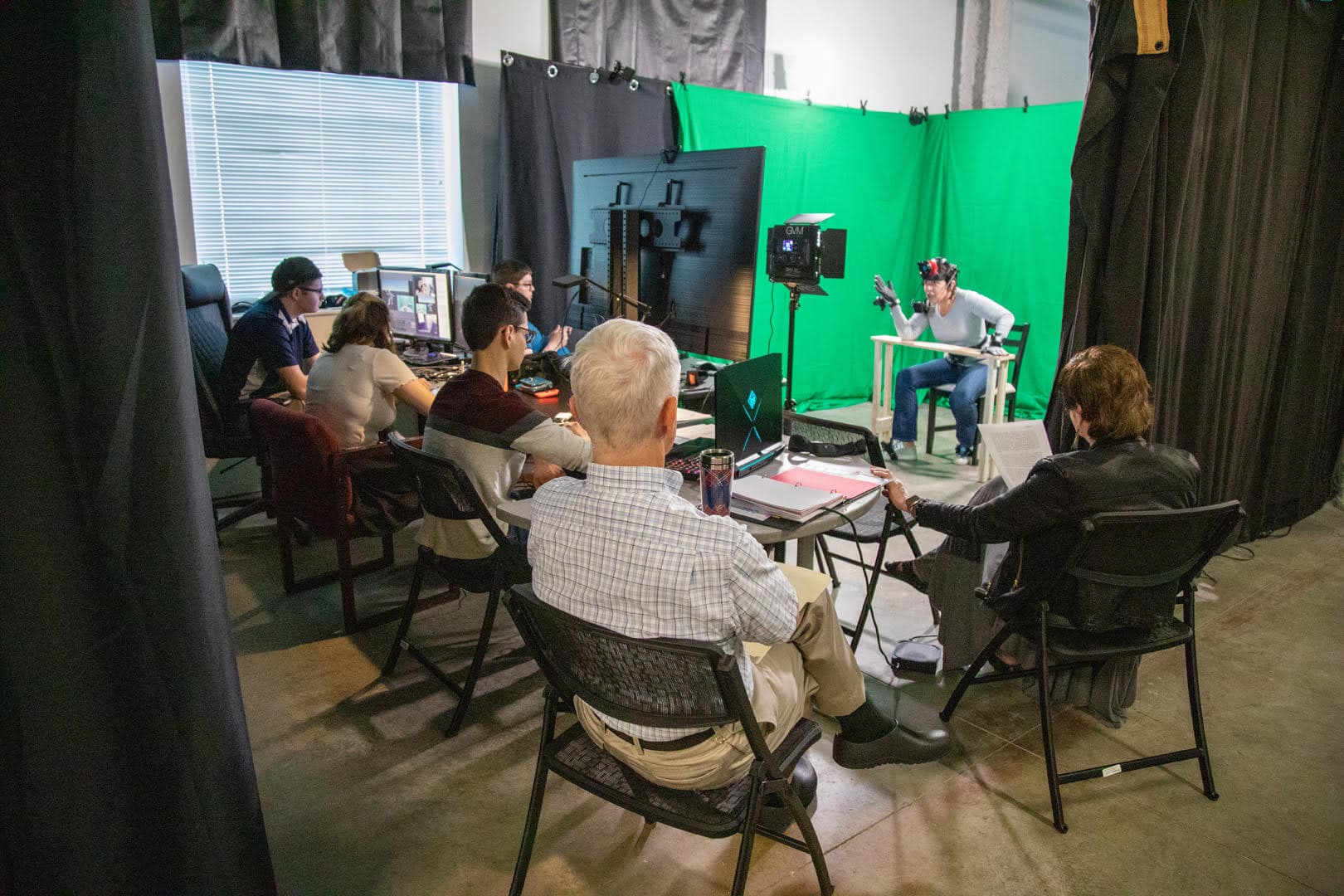DiRT stands for Digital (that’s the D and the i) Research Tools, and the term encompasses software scholars need when researching, writing, and creating scholarship. Where do you get the DiRT? At the Digital Research Tools Wiki. While some of DiRT’s pages have not been recently updated, the site still offers a wealth of information we found worthy of being highlighted.
I want to…
The DiRT wiki helps visitors find the software they need by helping them finish the sentence, “I want to…” Perhaps I want to analyze data. Or, blog, edit images, share bookmarks, visualize data, or even write a paper. The Digital Research Tools Wiki offers over 30 ways for you to finish the “I want to” statement, and then find the tools you need to carry it out.
Tools
Wondering what sorts of tools are profiled on the site? Here are a few of the Editors’ picks:
- Zotero , created at George Mason’s Center for History and New Media, is a Firefox extension that makes it possible to “collect, manage, and cite your research sources.” See the DiRT review and the Zotero web site.
- IrfanView is a free online image editor. See the DiRT review and the IrfanView web site.
- TAPoR is a text analysis tool. On the site you can analyze text (list words, find words, and much more) from web sites or documents. You can also create an account and build your own “library of references.” Check out the TAPoR web site.
More Resources
Beyond lists and reviews of tools, the wiki also provides avenues to more resources. They offer links to articles and reports on digital scholarship, other blogs and lists of tools, tips for choosing software, and a glossary to explain the different technology available.
Contributing
Even though the DiRt site is a wiki, it isn’t possible to contribute to it as easily as other popular wikis (like Wikipedia). Instead, contributors must go through the wiki editor, Lisa Spiro. While this lengthens the process of contributing, it also allows the DiRT wiki to provide more standardized and well edited reviews for visitors. For more information about the site and its contributors, see the About section.
This post first appeared on AHA Today.
This work is licensed under a Creative Commons Attribution-NonCommercial-NoDerivatives 4.0 International License. Attribution must provide author name, article title, Perspectives on History, date of publication, and a link to this page. This license applies only to the article, not to text or images used here by permission.


